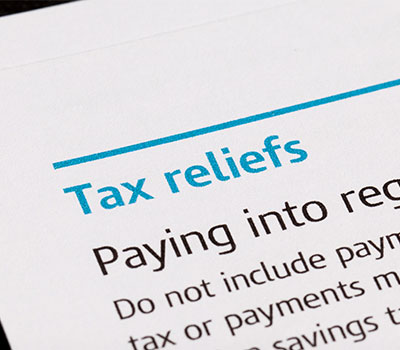Agricultural business owners and Inheritance Tax relief
Anne Elliott, CEO of Latimer Hinks Solicitors, discusses Agricultural Property Relief (APR) and Business Property Relief (BPR) – types of Inheritance Tax relief…
As a solicitor who works with a significant number of agricultural families and business owners in the North East, I regularly discuss and advise on the use of APR and BPR when estate planning. At present, they are very generous to the taxpayer. However for a number of years there has been a threat of reviewing and limiting reliefs.
The summer is an excellent time to review whether or not you are making the best use of APR and BPR, as significant financial legislation is often reviewed in the Autumn Budget.
Inheritance Tax relief
APR is an Inheritance Tax relief for those who own agricultural land, and if applied can, in some cases, save an individual/his family hundreds of thousands of pounds. BPR is again an Inheritance Tax relief and applies to business assets (including property used in a business). It can apply to elements of a farming business or land that may not be eligible for APR. 
Many farming businesses have assets that would qualify for both APR and BPR, which can reduce their taxable value (in terms of Inheritance Tax) by 50 per cent or 100 per cent, making some assets tax free when passed on. This is a very generous prospect when it comes to estate planning and, should the reliefs change, which many suggest they might, farming families could be significantly disadvantaged.
Currently, APR and BPR are the main providers of tax reliefs for farmers in terms of passing agricultural land and businesses across and down generations.
Not all agricultural property qualifies for APR, so it is important to ensure you’re clear about the rules. Assuming the strict conditions are met, agricultural land or pasture, farm buildings, woodland, farmhouses and farm cottages may be eligible for APR. To a large extent conditions involve use, occupation and ownership requirements to be met and for specific periods.
Not all business property qualifies for BPR. Assets which may qualify include a sole trader business, a share in a partnership, unquoted shareholdings (controlling and non-controlling), land, buildings, plant or machinery used in a trade partnership or company.
Questions over estate planning decisions
APR and BPR are designed to avoid taxpayers paying Inheritance Tax when certain conditions are met. APR, for example, only reduces the agricultural value of an asset, not necessarily its whole value. This is worth bearing in mind if the land has any additional uses or has the potential to be developed. This additional value which may be very substantial will not be covered by APR but there may be some eligibility for BPR.
The Office of Tax Simplification (OTS) has suggested that the current APR and BPR systems are quite complex, and that amendments should be made to simplify the reliefs. The OTS’s report on the subject, issued at the end of 2018, raised questions about whether APR and BPR, and the way in which they are applied, influences the way in which farmers make their estate planning decisions.
As well as questioning several aspects of farm ownership (including who should reside in the farmhouse for it to be considered an agricultural property) the OTS suggested that overlap between APR and BPR also needed further consideration.
Whether or not changes based on these recommendations are introduced, it is always necessary to review what you have in place to ensure that you maximise your reliefs to minimise exposure to Inheritance Tax so that your planning is as efficient and effective as possible and all and any criteria for eligibility for APR & BPR are met.
If you are in any doubt, you should consult your solicitor, and other professional advisers.
- Log in to post comments

